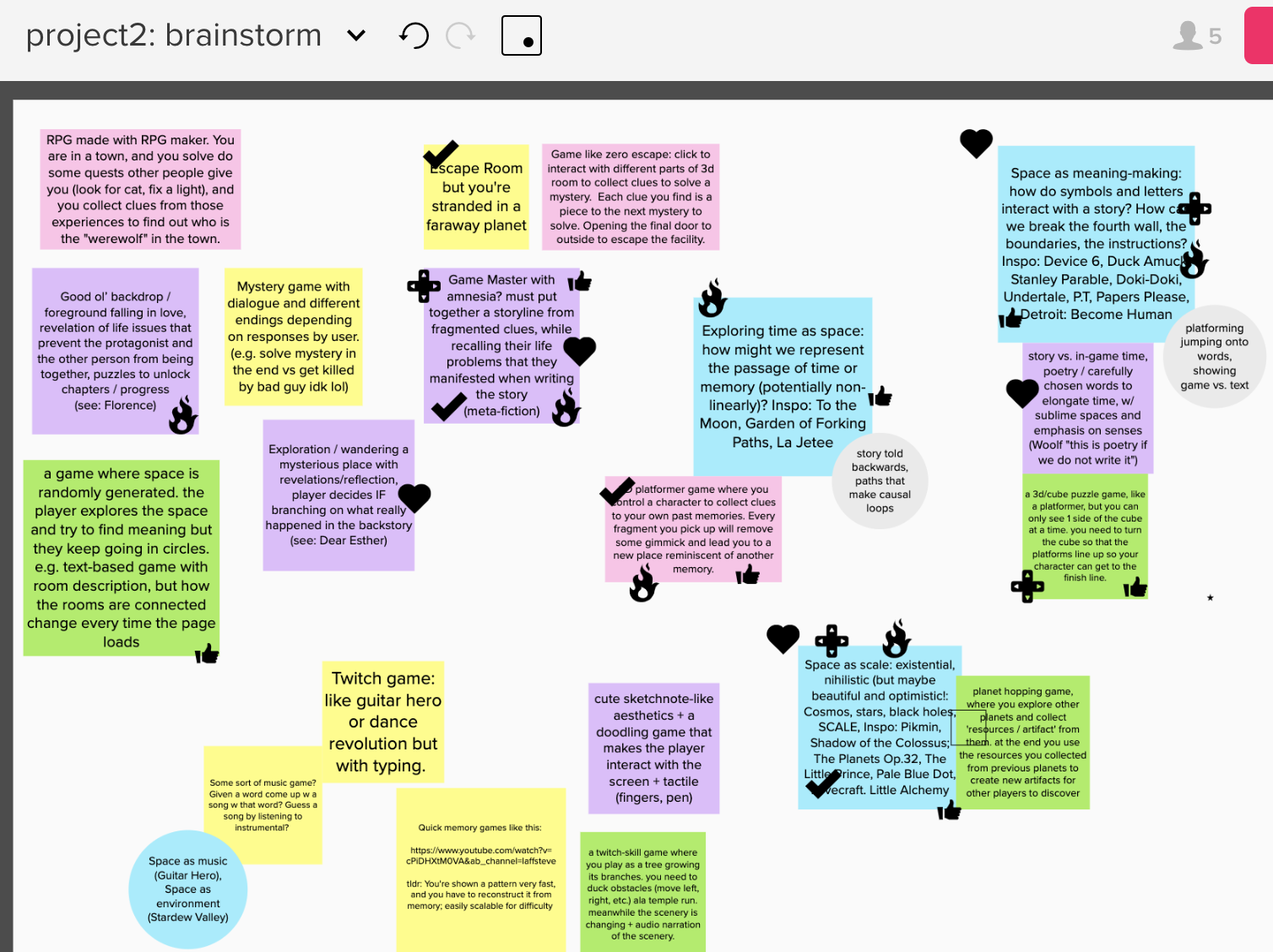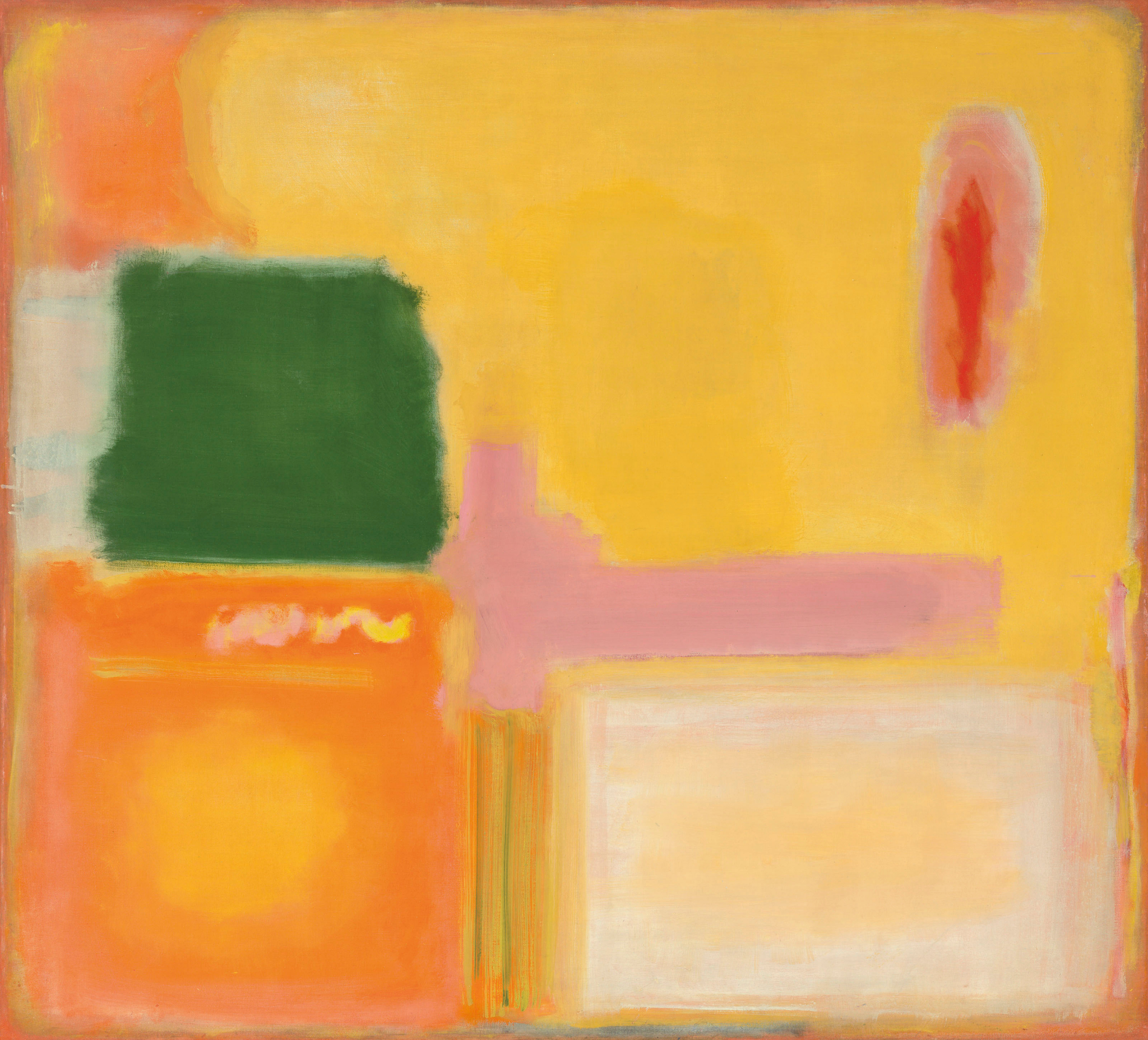Working Title: Transformations
Group members: Shana Hadi, Khuyen Le, Pablo Ocampo, Ryan Tan, Junming Wang
Synopsis
You wake up as a splotch of color in an abstract art world, and the only way to go is forwards (or nowhere). You move through the world to make sense of it and yourself, discovering your abilities and the setting along the way.
Tone
Contemplative and nostalgic, with excitement for growth, discovery, and exploration in spite of (or perhaps because of) the inevitable end. Evocative grand-scale appreciation of art, one’s journey, and self-reflection, similar to the experience of entering one of Yayoi Kusama’s “Infinity Mirrored Rooms.”
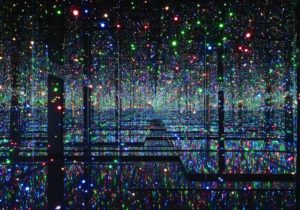
Setting and Architecture
We plan to create a platform game inspired by abstract artwork, such as Rothko, Kandinsky, and Picasso, with geometric-like characters and objects like the games Monument Valley and Thomas was Alone. Similar to installation art such as the Infinity Rooms by Yayoi Kusama, we hope to emphasize the experience of being within the space and reflecting and moving within it, versus trying to speed-through and finish the game.
The soundtrack, possibly interspersed with poetry fragments and nature sounds, emphasizes self-reflection and contributes to the player’s journey through the world. (https://open.spotify.com/playlist/6mb2SKagr0lHGkn1qGmNnL?si=NkZ-og__TAC-PKzqggH2Zg)
Over 3 levels, the protagonist (a beginner blob) will traverse each level and explore and reflect within the setting, while progressively learning new mechanics and puzzle forms (more details below).
- Color planes (Rothko)
- Lines, rational shapes, color planes (Kandinsky Compositions)
- Cubist-style “3-D” objects, shadows, lines, rational shapes, color planes (Picasso)

Level 1: You exist as a blob of color.
Big idea: Changing the world
Ideas for puzzles / challenges:
- Discovering what different colors mean to your movement. For e.g., red allows you to jump, green means gravity is stronger.
- Using these different colors to your advantage to go through the level.
- Using your own color to ‘mix’ with other colors to change the world. For e.g. if you are blue and you jump on something yellow, you turn the patch around you green and you can sink faster.
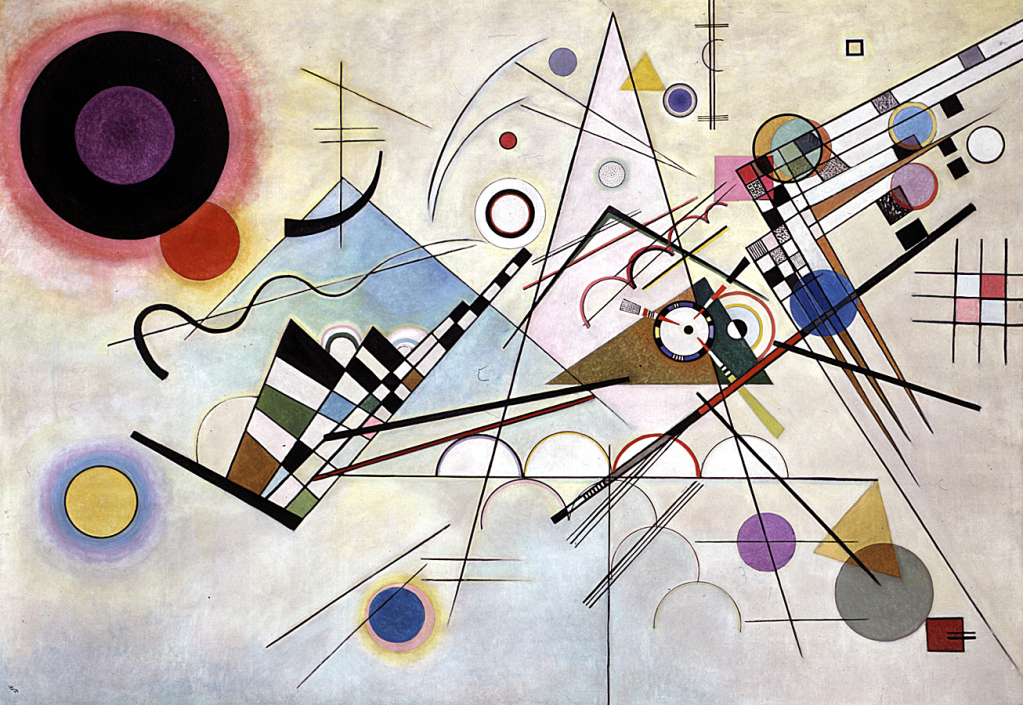
Level 2: You exist as a 2D shape.
Big idea: Changing yourself
Ideas for puzzles / challenges:
- Collecting and becoming different 2D shapes and learning what they mean to your movement. Circles can roll, etc.
- Using different shapes in the correct scenario. For e.g. you can only go uphill as a square / triangle, not as a circle.
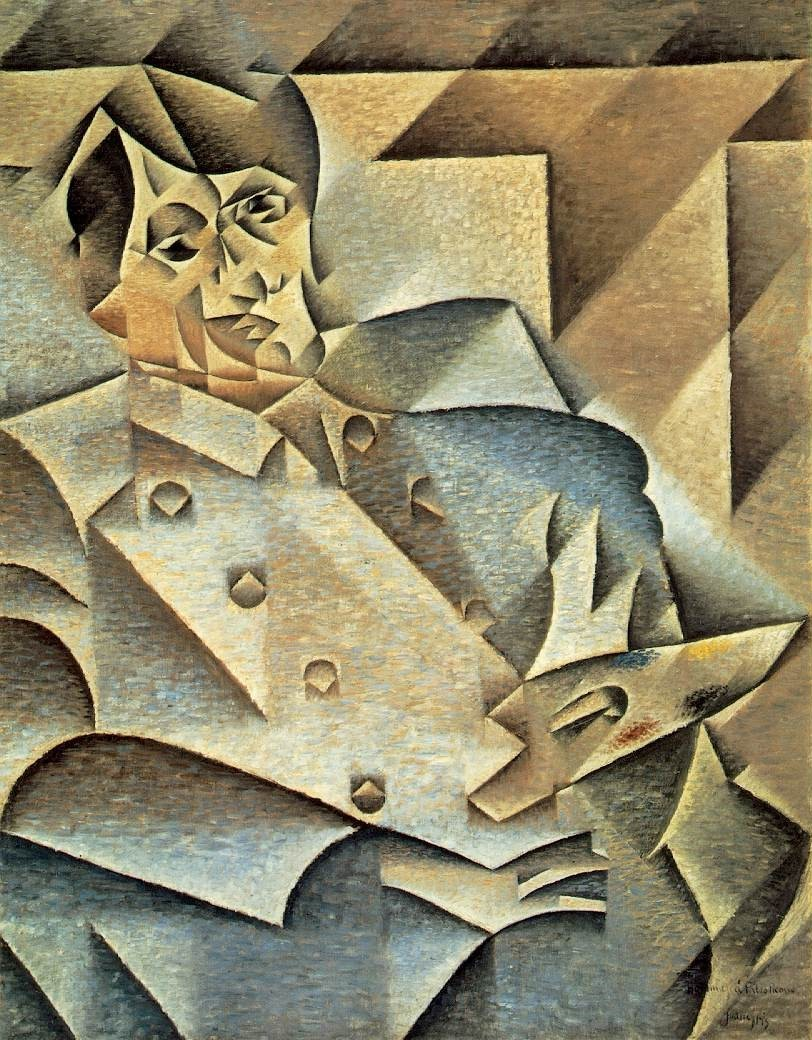
Level 3: You exist as a 3D shape.
Big idea: Adapting you and the world
Ideas for puzzles / challenges:
- Adapting your shape AND color to weave in and out of 3D space. Change color to be the same as the color surrounding you to blend ‘in’, different color to stand ‘out’. Changing shapes to roll, climb, sink, etc.
Outcome
You become a fully-realized, multi-potential shape ready to go out and conquer the rest of your world! You look back at the levels you’ve travelled through and see how you’ve made your mark on them (and how your journey has changed the world itself), and you can save these images for future reflection! 🙂
Example level design
Level 1 (see above for full architecture of level):
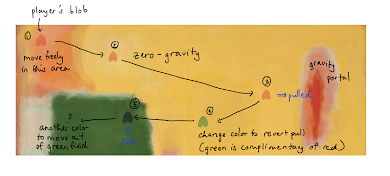
Level 3 (see above for full architecture of level):
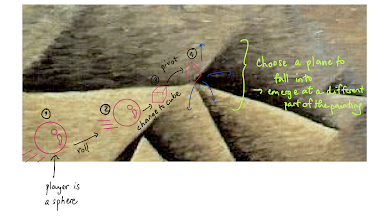
Gameplay
- Move through the world (left, right, jump, roll). Allowed movements are based on what shapes you are assuming for the level.
- At the end of each level, you get a full view of the landscape you have traversed.
- Future Expansion: At the end of each level, piece together puzzle fragments from all the places you’ve passed through, which unlocks “emotions” (and “memories”) from your journey
- After each level, your avatar becomes a more complex shape as you regain more memories.
Inspiration Points
Games
- Monument Valley, Ustwo Games
- Thomas was Alone, Mike Bithell
- Shadow of the Colossus, Japan Studio and Team Ico
Artists
- Yayoi Kusama
- Vasily Kandinsky
- Mark Rothko
- Pablo Picasso
Key Design Challenges
Architecting 3 platform levels that encourage players to linger in the world while still accomplishing the objectives.
- In the core narrative arc, the player-character begins as a blob, and gradually learns to transform themselves and change the world, and reflect on their journey during and after the game’s end.
- Within each level, players learn the level mechanics (movement, shape switching) and try to reach the top of the platform.
- Overall striking the right balance between aesthetics (art style, music, evocative space) and mechanics (movement and puzzles).
Key Tech Challenges
Building a 2D platform game while learning new programming languages and game engines.
- Character controls. The game should enable the player to make their character move and jump, corresponding to their input commands.
- Map and user interactions. Standing on a platform, picking up items, and progressing through the story all require their own scripts to function correctly.
Key Art Challenges
Creating an art-based immersive experience with intermediate-level drawing and design skills.
- Character sprites. For each character action, there are a few frames that need to be drawn. They also need to be integrated into the game.
- Abstract world-creating. We need to pick and draw abstract arts/shapes related to our theme, and integrate them into the maps/levels.
Intended Audience
- The general public who would be invested in an immersive game / reflective experience.
- Gamers who are interested in art games.
Initial Brainstorm Board
